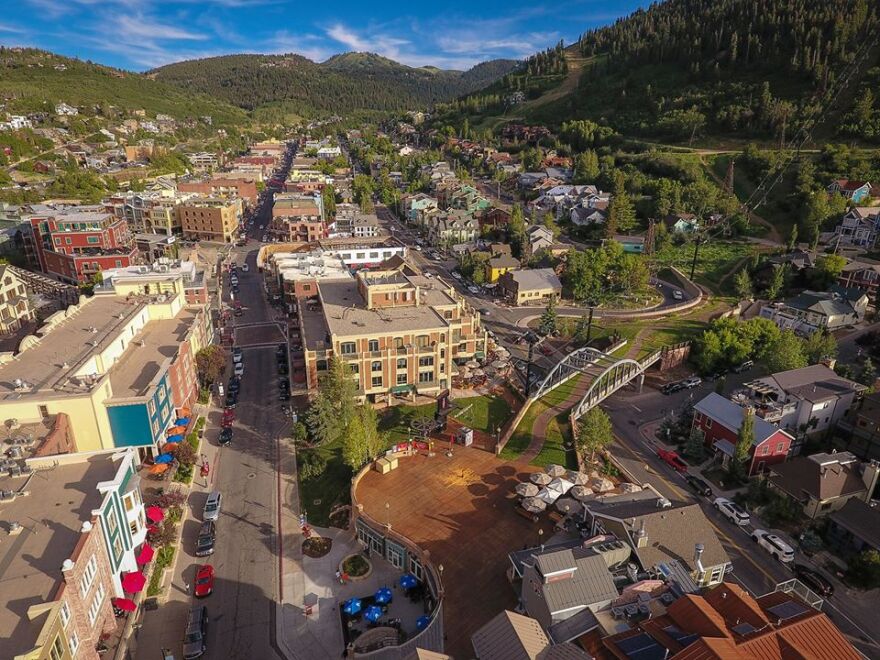Whether it’s wanted or not, 5G has come to Park City.
Federal and state law passed during the initial rollout of 5G in the United States severely limits what cities and towns in Utah can do to regulate the technology. No city or state can flat out refuse 5G, and the Utah Legislature passed SB 189 in 2018, which allows the antennas, also called small-cell wireless towers, to be placed in public right of ways.
Park City has been looking into what they can do to manage where the antennas go and what they look like since last summer.
Normally, cell phone technology is placed on top of already existing light and utility poles, but 5G is a little different.
5G is more powerful than other wireless technologies like LTE, but its reach is shorter, meaning more antennas are needed. Range varies depending on the frequency and technology used, but most currently only reach a few hundred to about 1,000 feet.
Park City Councilor Becca Gerber said thanks to those same laws, 5G is already in many places in Park City, and the city is just looking to regulate what it can.
“5G -- the small-cell wireless towers -- are already on many of the roofs in downtown,” Gerber said. ”The wireless companies can contract directly with businesses to place a tower on top of their building, but these would be additional towers that would be placed likely on top of light poles, or they can also be designed to be free standing, and they just would look like a hitching post or something, not that we have a lot of hitching posts these days.”
Park City’s proposed ordinance would place certain fees, design standards, and insurance requirements on 5G antennas placed in the public right of way.
Councilor Tim Henney said he was happy with how the ordinance addresses the aesthetics of the towers, but echoed concerns from the public over perceived health risks of 5G technology.
“I think it’s a shame that we’re confronted with this situation and that we’ve been somewhat hamstrung on what we can and can’t do by the FCC, by the state legislature, but that kind of comes with the territory,” he said. “I think people, in general, are much more concerned about the health concerns than they are about the aesthetics. I think they are concerned about the aesthetics, of course, in Park City and the Historic District. I think you’ve put some good protections in place there, and I feel good about that, but the concern is health. It’s this radio frequency, and there’s very little, I don’t think from what I hear and what I’ve been told and what you guys have explained to us, there’s nothing we can do about that.”
According to data compiled by the New York Times from NASA, the National Academies of Sciences, National Institute of Environmental Health Sciences, Congressional Research Service, and Institute of Electrical and Electronics Engineers, 5G technology does operate in the higher end of the radio wave spectrum. But, more importantly, radio waves are much lower on the electromagnetic spectrum than gamma rays, x-rays, ultraviolet radiation, and visible light.
Deputy City Attorney Tom Daly told the council it would be very hard to make a legal case against 5G.
“There’s no precedent that I can rely on, because no 5G antenna has ever been found to produce the excess radiation, so you’d be looking at cases involving other technology,” said Daly. “If somebody can find something out there where a 5G antenna was found to be emitting [radio] frequencies that exceeded the FCC regulations, then I’d love to see it.”
Thursday’s discussion was part of a council work session, and no formal action was taken on the ordinance.
A link to the full proposed ordinance can be found here.


